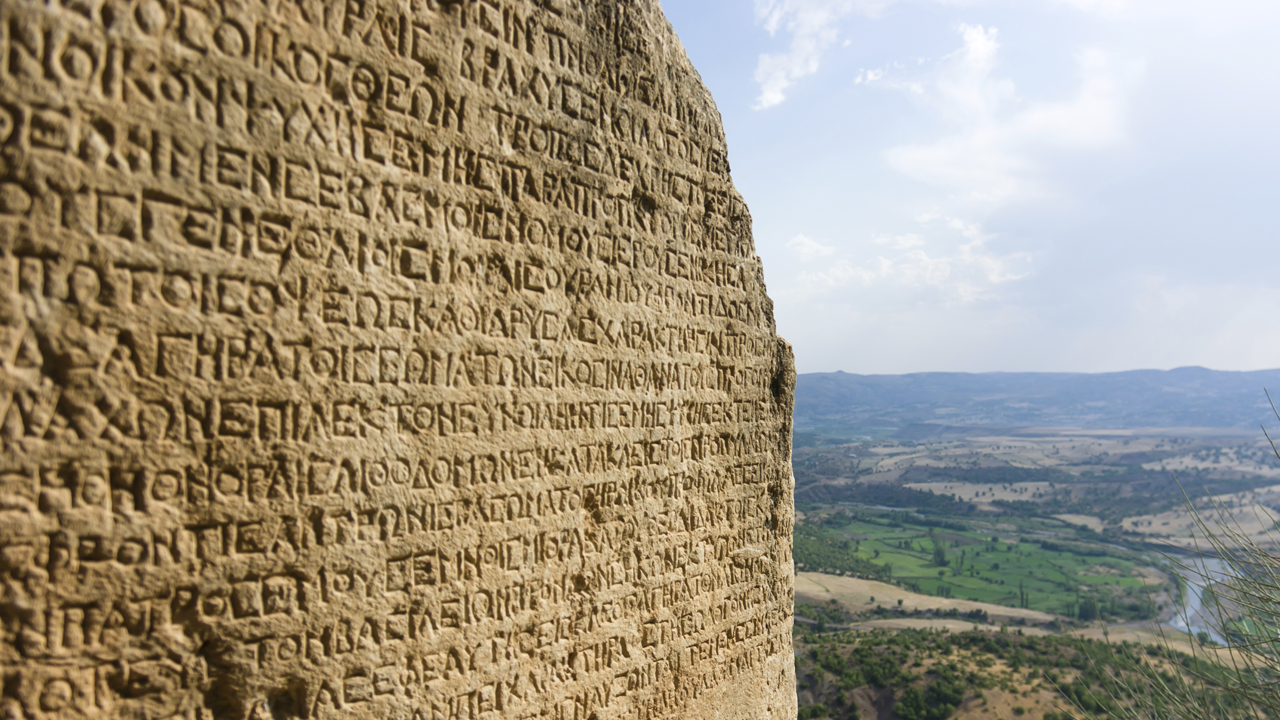
An emerging trend in research is lending a few extra sets of eyes to researchers in the humanities, astronomy and more.
Crowdsourcing — where volunteers help analyze enormous collections of writing samples, images or videos — is helping researchers understand quantities of data too large for them to handle on their own. At the University of Minnesota, researchers are crowdsourcing select research projects through Zooniverse.org, a platform started by the Citizen Science Alliance in 2009 to orchestrate the contributions of a growing global community of volunteer scientists who help with ongoing research projects.
Lucy Fortson, Ph.D., one of the cofounders of Zooniverse, brought the platform to the U of M after she became a physics professor with the U’s College of Science and Engineering in 2010. Now, Fortson leads a team from across the U to identify and promote the research projects that stand to benefit from the help of Zooniverse’s volunteers.
“That’s where the power of Zooniverse comes in,” Fortson said. “We have vast quantities of data that computer programs cannot process automatically, so we rely instead on the human eye and its keen pattern recognition abilities. Crowdsourcing puts our projects in front of the now 1.3 million people around the world who contribute to Zooniverse, giving us the extra resources we need to keep progress moving on our research.”
One of the first crowdsourcing projects at the U was the Ancient Lives project, which shed light on the Egypt Exploration Society’s Oxyrhynchus collection, an assortment of more than 500,000 never-before-analyzed writing fragments that make up the world’s largest collection of papyri from Greco-Roman Egypt at University of Oxford. Fortson used funds from a 2011 Minnesota Futures grant, an award from the U of M’s Office of the Vice President designed to foster new research opportunities that cross professional and disciplinary boundaries, to launch the crowdsourced project. She teamed up with researchers Nita Krevans, Ph.D., and Philip Sellew, Ph.D., from the Department of Classical and Near Eastern Studies, along with researchers from Oxford and the U’s Minnesota Supercomputing Institute.
The Ancient Lives project demonstrated how crowdsourcing could boost research at the U and helped pave the way for the U’s official adaptation of the Zooniverse program, called Zooniverse@UMN. The initiative is a combined effort between the College of Liberal Arts, the College of Science and Engineering and the College of Biological Sciences, along with the U of M Libraries, the Informatics Institute and the Office of the Vice President for Research. Leaders from each of these groups have worked with Fortson to oversee the initiative’s direction and choose which research projects to include.
The first Zooniverse@UMN request for proposals focused on the humanities, as many humanities projects benefit from users’ ability to take handwritten text that computers cannot read and put it into a digital form that is ripe for researchers to study. Funding is in place for the initiative for the next two years, Fortson said, and the Zooniverse@UMN team is currently seeking ideas for other projects that can make use of the crowdsourcing platform.
Other projects at the U include Snapshot Serengeti, which uses a grid of 225 cameras in Tanzania’s Serengeti National Park to understand the way many competing species of animals behave and coexist in the same ecosystem. Motion triggered the cameras to automatically take pictures, which Zooniverse users then examined to see which animals appeared in the frame. The researchers are now working on understanding and posting their data, which will ultimately help guide future conservation efforts and ecosystem management not only in Tanzania, but around the world.
Learn More about Crowdsourcing Research
Interested in finding out how crowdsourcing research can help further your text- or image-based research?
On Monday, May 11 in Walter Library, Fortson will explain how the Zooniverse platform works, what resources it offers and how to apply to use it. Three U of M research teams — one each in the humanities, social sciences and biological sciences — will present their projects as examples, followed by a Q&A session.